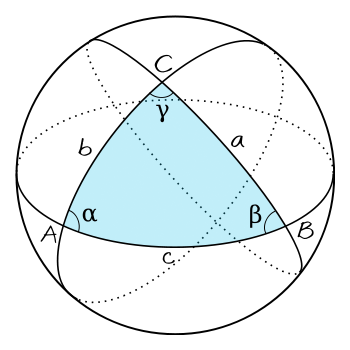Luke found a box of photos labeled 1970-1995.Each photo shows his entire extended family.No dates appear on the photos.Luke knows that his grandmother died in 1985 and his uncle was born in 1975.Luke's sister was born in 1990?
How can Luke use this information to sort the photos into four batches? How are Luke's relatives similar to index fossils?
How can Luke use this information to sort the photos into four batches? How are Luke's relatives similar to index fossils?
1 Answer
The four batches are 1970-1975; 1975-1985; 1985-1990; 1990-1995. This is through deduction (explained below).
Explanation:
Luke can start with identifying the pictures that have these people in them:
Let's say he finds a group of pictures with only his grandmother, not his uncle nor his sister. That means that it must have been from 1970 (the beginning of the years on the box) to 1975 (when his uncle was born). So that's one grouping.
Another one is pictures with his grandmother and his uncle, but not his sister. Since his uncle was born in 1975, it starts there, and his grandmother dies in 1985, we know it ends there, so all of those pictures end up in the 1975-1985 category. So that's the second grouping.
Another set of pictures is where it's just his uncle, neither his sister or grandmother. We know that one has to be between 1985-1990 because his grandmother died in 1985 and his sister was born in 1990. That's the third category, which leaves the last to be where only his uncle and sister are pictured, 1990-1995.
The basic strategy is to look for which people are shown, or are not shown, and deduce based off of facts about them what must've happened.
This relates to index fossils because they essentially are the same as the people in the pictures. If we know the general time period that something was alive, and a fossil of it is located within a layer of rocks, we know the general time period of everything else around that layer.

